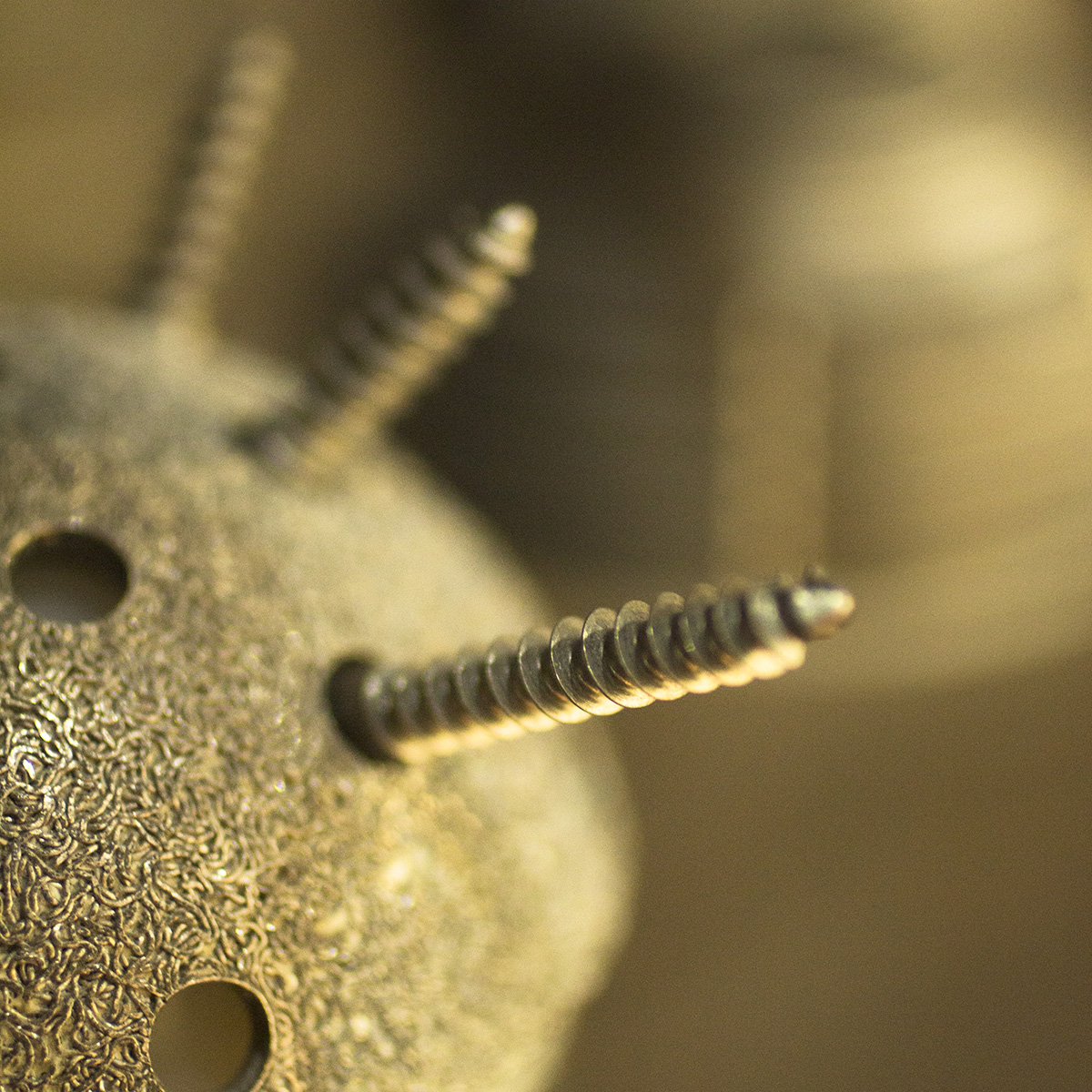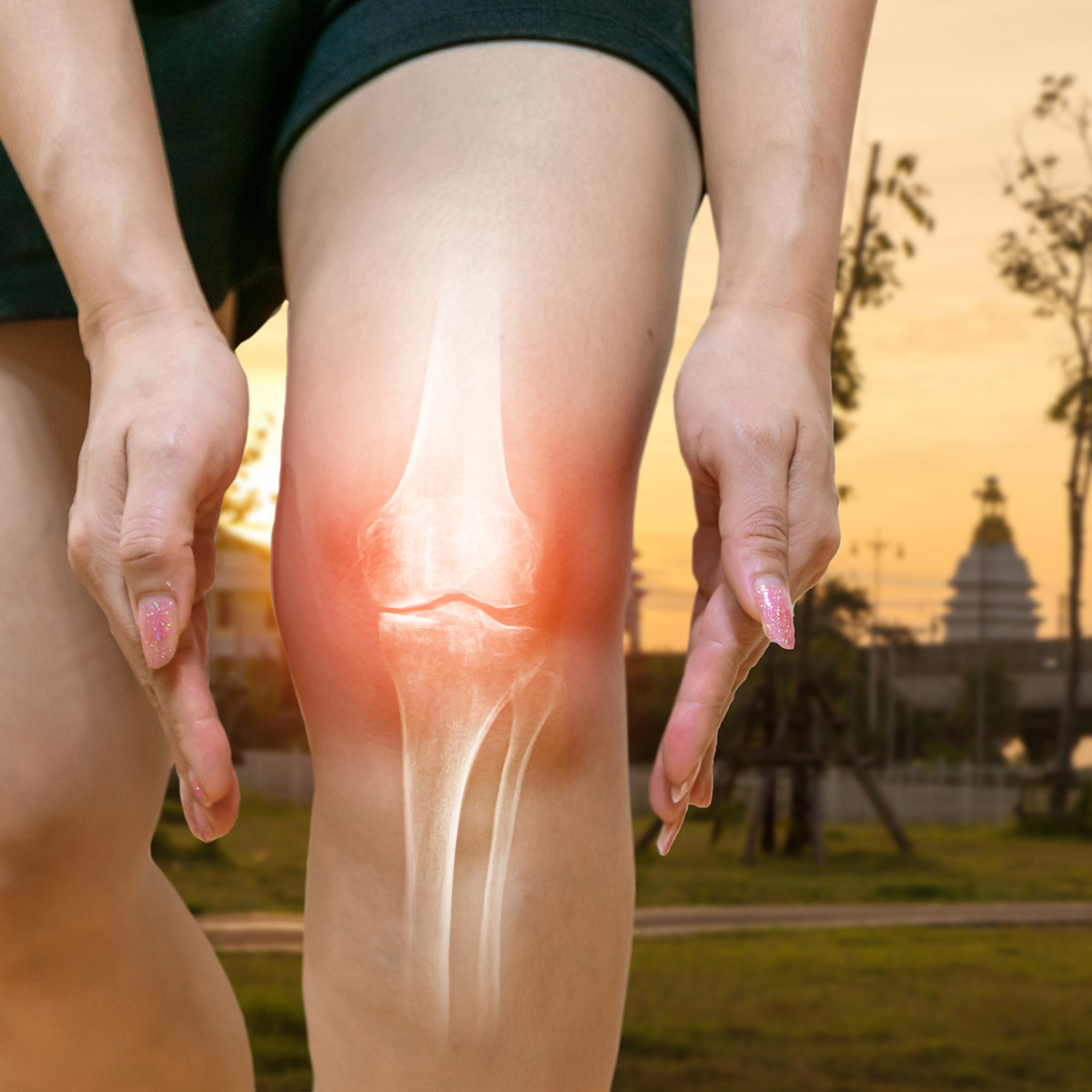Orthopedic Implants and Devices
Mykito Chitosan is the purest Non-Animal chitosan in the world. This chitosan is free from beta-glucans, heavy metals, and other contaminants commonly present in conventional chitosan. The Mykito technology is robust, highly repeatable, and consistently delivers consistent results.
Implant and coating
Chitosan-based materials are biologically inert and can be shaped into various structures. For instance, they can be fabricated into porous forms that support cell growth and enhance osteoconduction around implants.n [Di Martino].


Drug Delivery
Chitosan serves as an effective drug delivery system, enhancing the performance of incorporated drugs while adding biocompatibility to orthopedic implants. Using dip-coating techniques, chitosan layers can encapsulate antibiotics, enabling controlled release into the post-operative wound environment. This approach targets common pathogens, supports bone healing, prevents infections, and reduces inflammation. [Soares].
Coating Material
Chitosan coatings can be applied to orthopedic implants—such as screws, plates, or prosthetic joints—to prevent bacterial biofilm formation. This is achieved by modifying the implant surface with chitosan [Gassman]. Such coatings can also enhance implant biocompatibility, reduce wear and friction, and improve osseointegration, promoting stronger bonding with surrounding bone.


Antibacterial Properties
Chitosan’s natural antibacterial properties can help reduce postoperative infection rates. This effect can be achieved by incorporating chitosan molecules or nanofibers into or onto implants, where they exert antimicrobial activity. [Boschetto].
Bone Regeneration
Chitosan-based scaffolds can be engineered to support bone regeneration. By customizing pore size and surface characteristics, these scaffolds create an optimal environment for healing. Their use promotes the formation of new extracellular matrix, facilitating cell proliferation and ultimately aiding bone regeneration. [Tuzlakoglu,Ressler].


Nerve Regeneration
Chitosan’s physiological structure and properties positively interact with nerve cells [Boecker,Liu].
, supporting cell differentiation and axonal regeneration by providing both structural and biochemical assistance. Additionally, its ability to locally deliver growth factors further enhances nerve growth and recovery.
Cartilage Regeneration
Although cartilage typically heals poorly due to limited blood supply, chitosan has been shown to effectively stimulate intra-articular cartilage regeneration. Its biocompatibility and biodegradability help create a favorable local environment, promoting connective tissue formation and vascular growth to support natural repair [Li,Ravanetti].

Do you have a project?
We want to hear from you!
